Teaching in outdoor education for the past 12 years, I cannot emphasize enough the importance of teaching little ones to identify and express their big feelings and emotions. When I learned about calming corners, I was really intrigued.
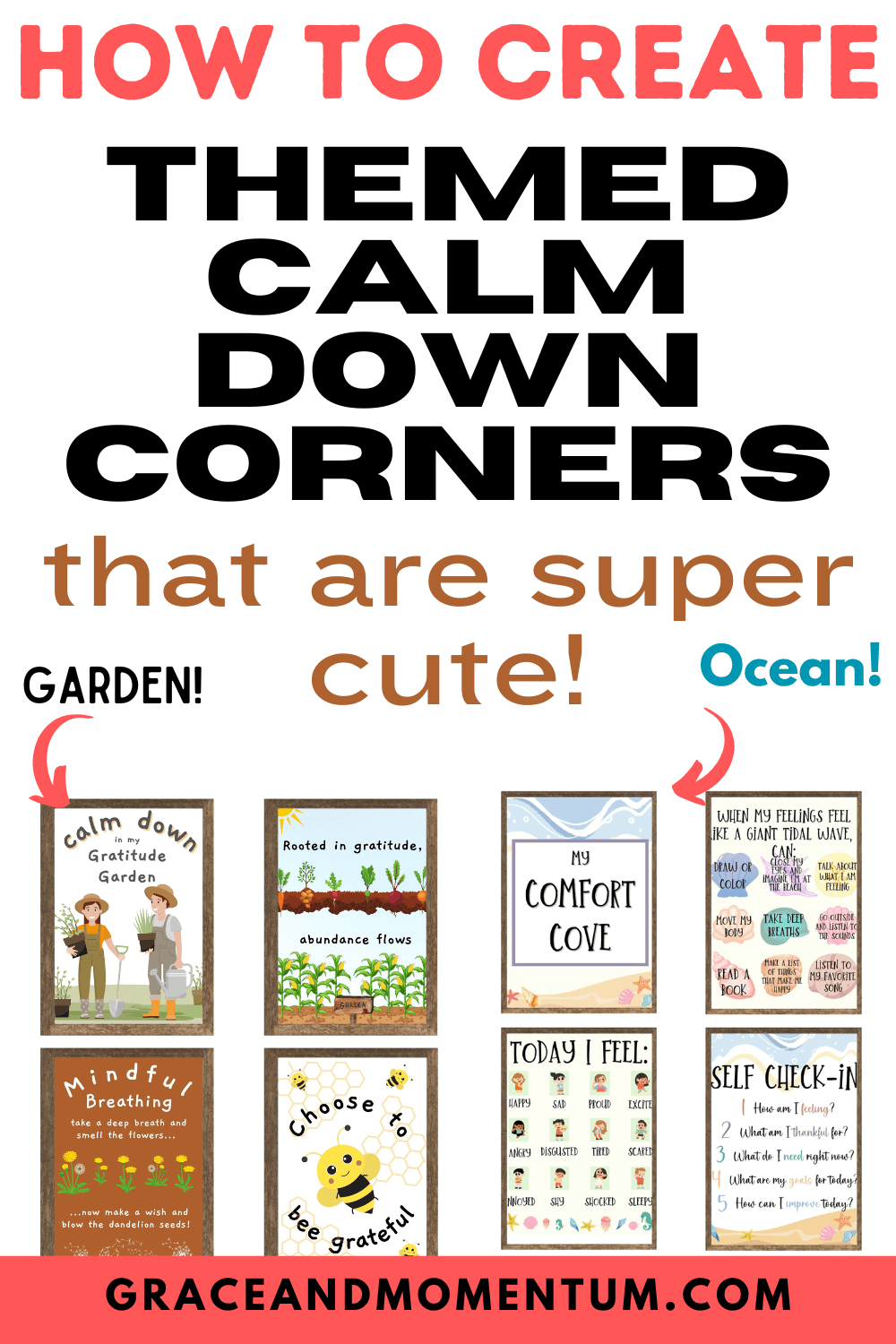
At a Glance:
Also known as calm down corners, peace corner, cozy corner, or time-in areas, these designated spaces provide toddlers with a safe and soothing environment to regulate their emotions and behavior with various tools.
Let’s take a closer look at why calming corners are essential for toddlers, how to create one, and some activities that can be incorporated into this space.
Why Are Calm Down Corners Important for Toddlers?
Toddlers are at a stage in their lives where they are just learning to regulate their emotions and behavior. They often experience intense emotions, such as frustration, anger, and sadness, but they don’t always know how to manage them.
Calming corners provide a safe space where toddlers can retreat to when they need some time to unwind and, well, calm down.
They are often much more effective than time outs because calm corners are intended to be a positive place and a calming space for them.
Calming corners, or time-in corners can help toddlers develop self-soothing and self-regulating skills. When toddlers are in their own little safe zone, they can use a variety of tools and activities to help them calm down and regulate their sometimes very strong emotions.
Over time, they will learn to use these calming strategies, which will serve them well in their adult lives.
Creating Calm Down Corners for Toddlers
Creating a calming corner for toddlers is easy and does not require a lot of space. It’s important to teach kids self awareness and self management. Here are some steps and tips you can follow to create a calm down area:
Select a quiet corner or quiet area, preferably with wall space
The calming corner should be in a quiet and secluded area where the toddler can retreat to when they need to calm down. Choose a space that is away from the hustle and bustle of the homeschool or classroom.
Choose the Right Materials and Tools
A calming corner should have a variety of tools and materials that the toddler can use to calm down and regulate their emotions.
I personally love to create themed calming corners so my daughter can not only learn about her feelings, emotions, and self-regulation strategies, but she can also read about and learn about the topics. So far I have created these themes, which are all available here. Feel free to pin these to your favorite Pinterest board to come back to later!
Here are some of my favorite types of things to use when setting up my daughter’s calming corner.
Printable wall art
Often times you can find free printables, or you can purchase calm down corner themed printables from Etsy (my favorite). When deciding what to purchase, make sure to look for bundles that include tips for self regulation, stretching or yoga poses that are easy for little ones to do, feelings and emotions chart, ways to cope when feeling overwhelmed, ways to promote mindfulness, ways to regain control of bad behavior in a healthy way, and any other tools you think would be useful for your little one or your classroom.
Bean bag chair (or floor lounger, comfy chair or soft mat)
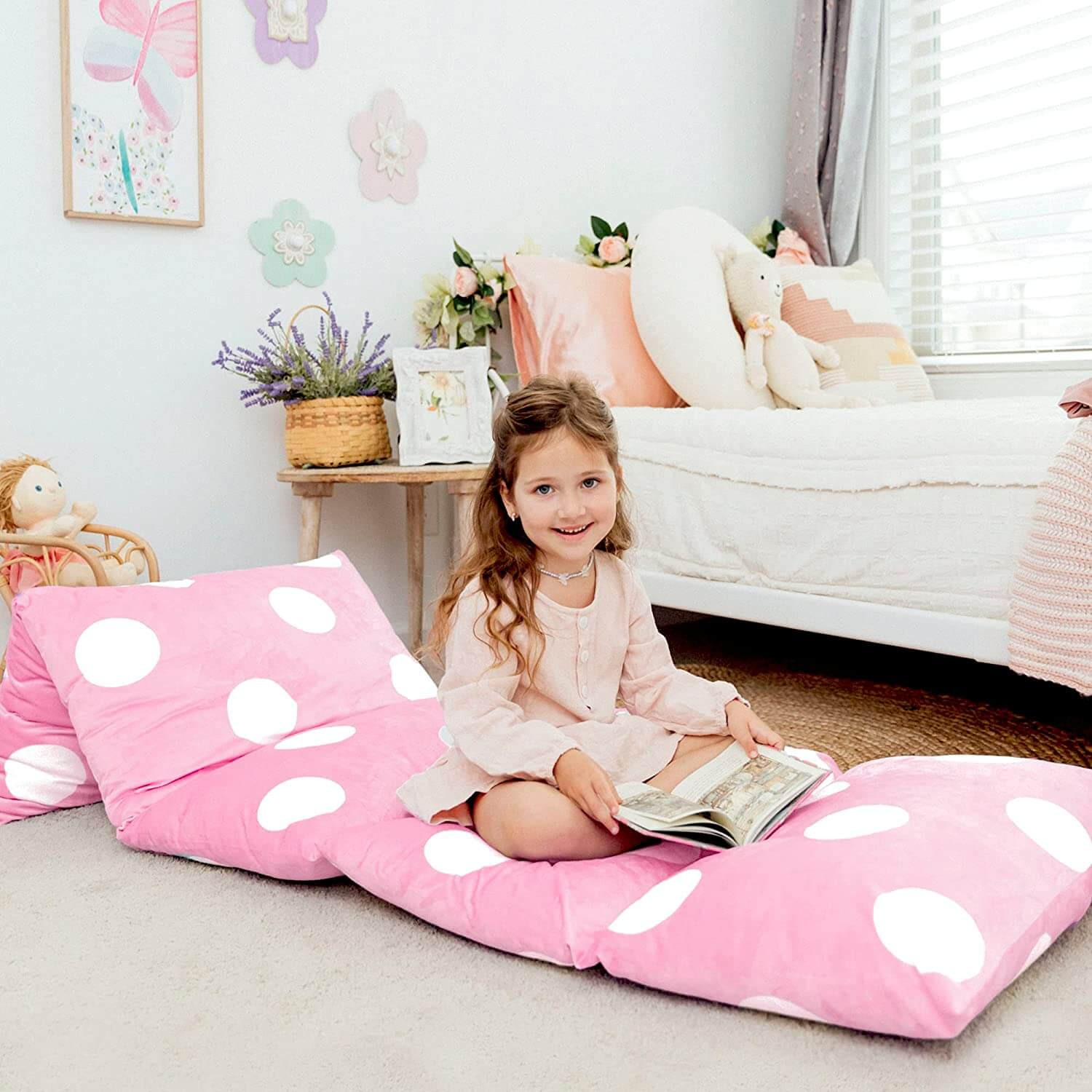
Sound Machine (I love playing ocean sounds when I make her ocean-themed calming corner!)
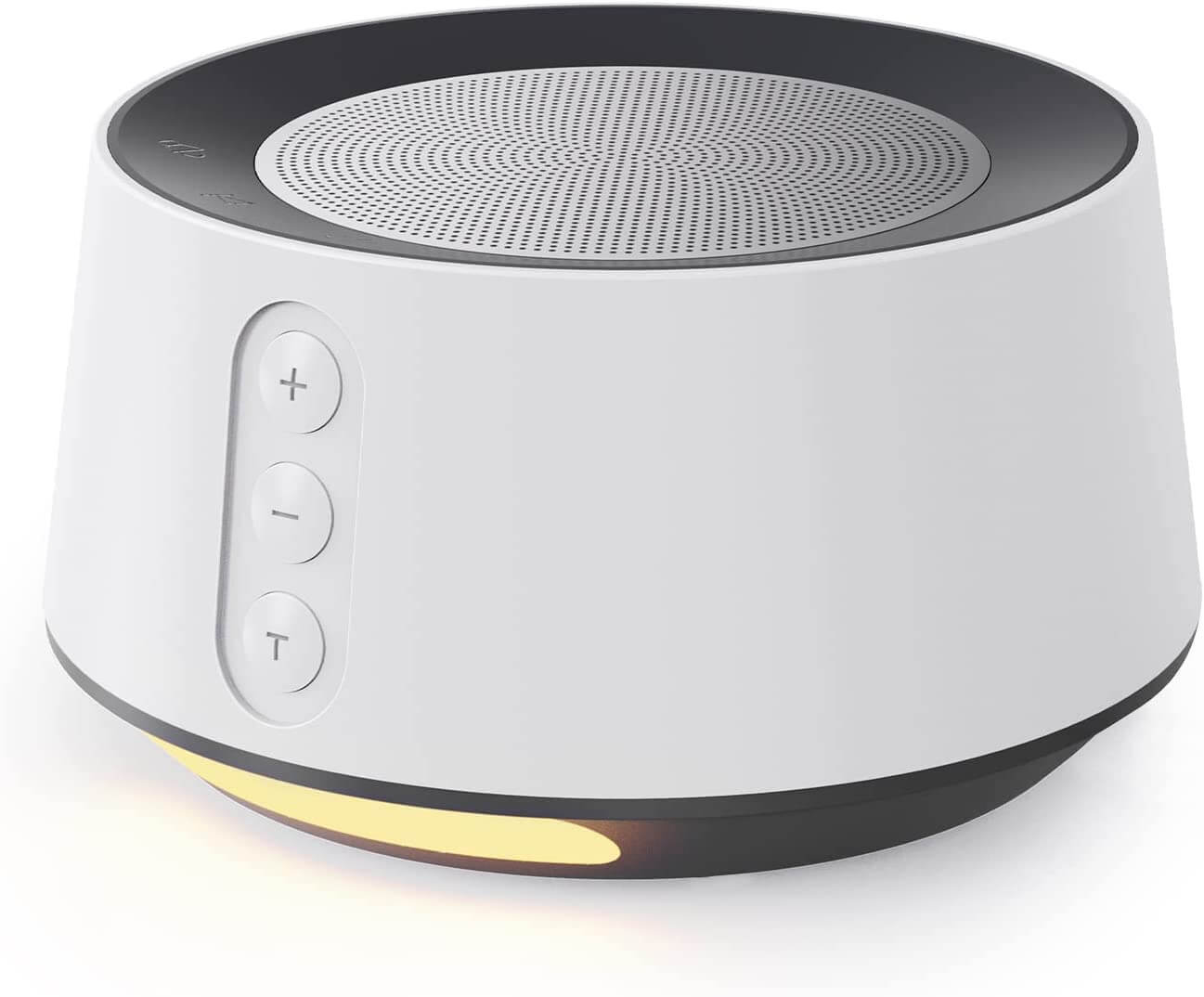
Stress balls and fidget toys, as kids love to play with things in their hands

Stuffed animals (in our house, Big Bear is the staple of our calm down corners!!)

Books, puzzles, sorting toys, and more!
Calm Down Corner Ideas and Activities for Toddlers
Calming corners provide an excellent opportunity for toddlers to engage in a variety of activities that promote emotional regulation and self-soothing. Here are some activities that can be incorporated into a calming corner:
Art and Craft Activities
Drawing, coloring, and painting are excellent ways for toddlers to express their emotions and relax.
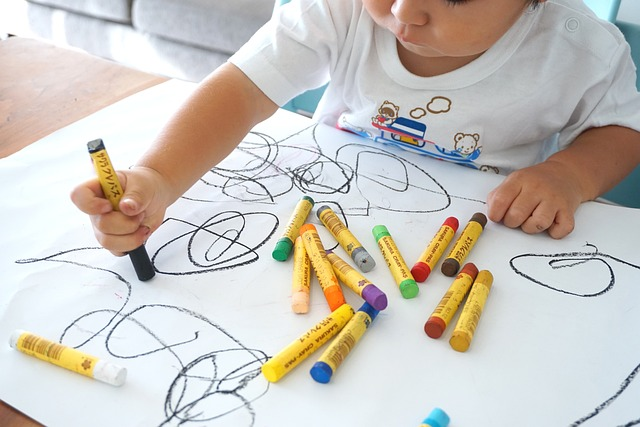
Sensory Activities and Play
Sensory play activities, such as playing with kinetic sand, Playdough or other sensory toys can help toddlers calm down and regulate their emotions.

Reading and Storytelling
Reading a calming book or telling a soothing story can help toddlers relax and feel calm.
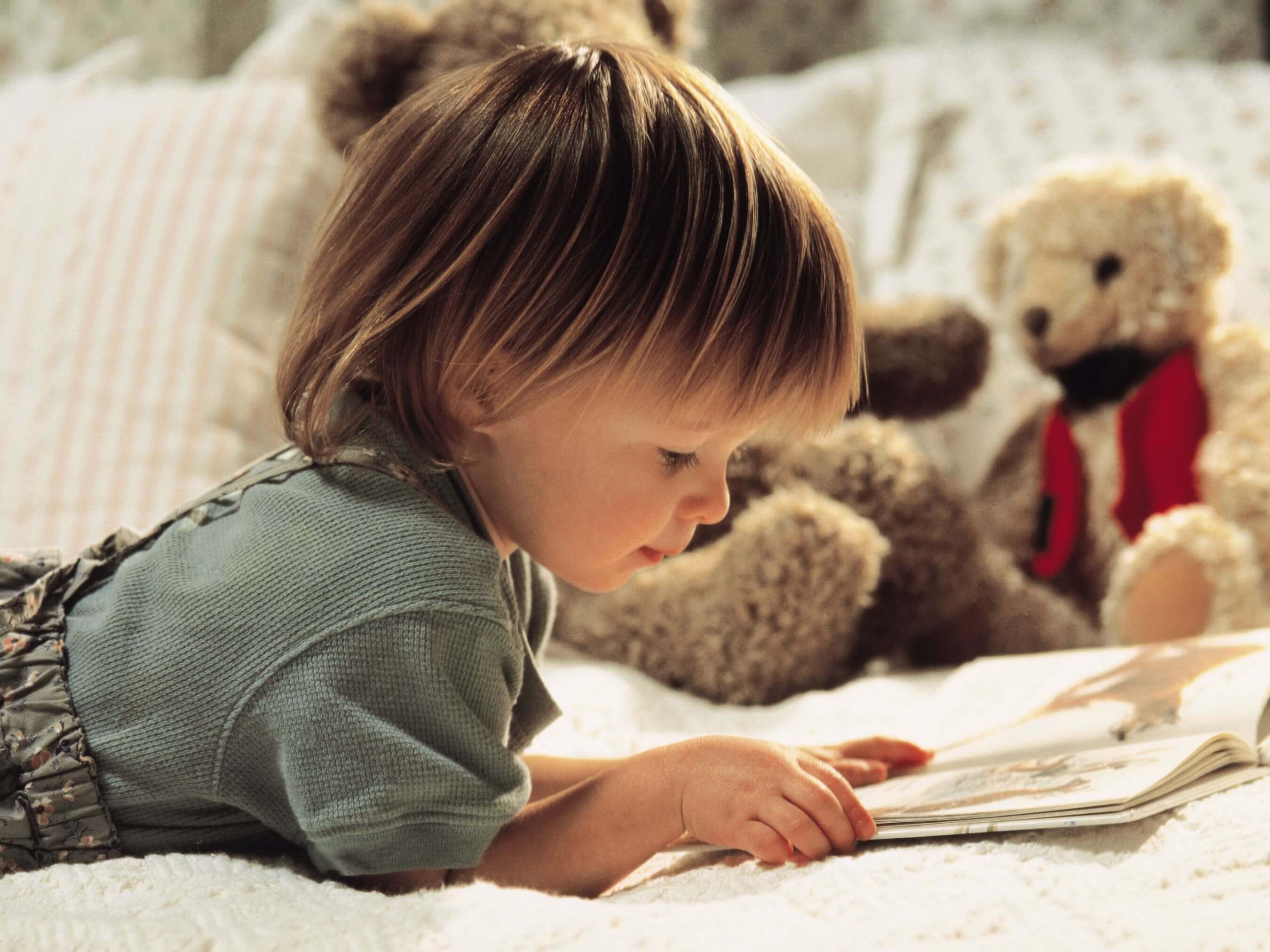
Music and Movement
Playing calming music and engaging in gentle movement activities, such as yoga, can help toddlers regulate their emotions and calm down.
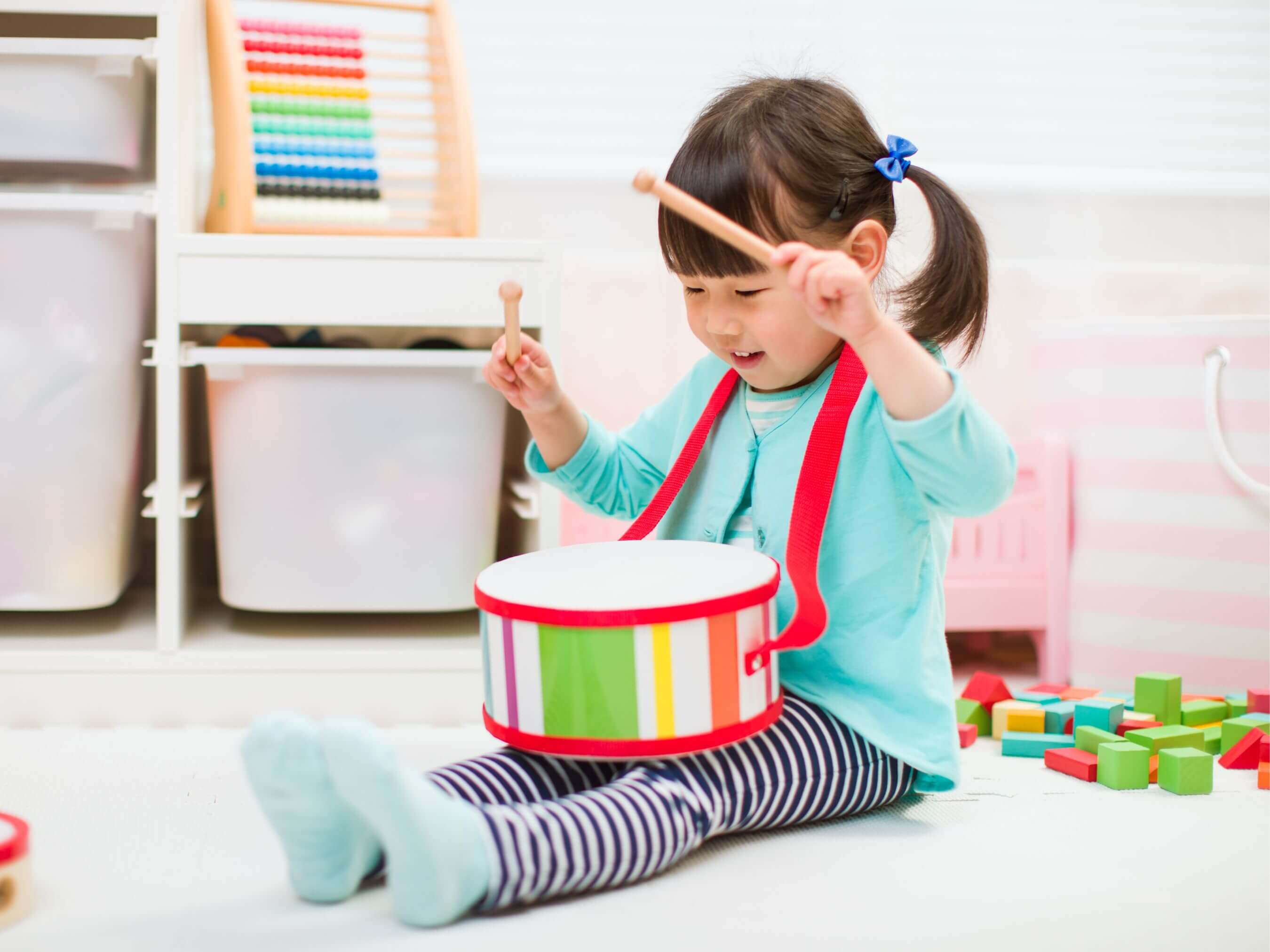
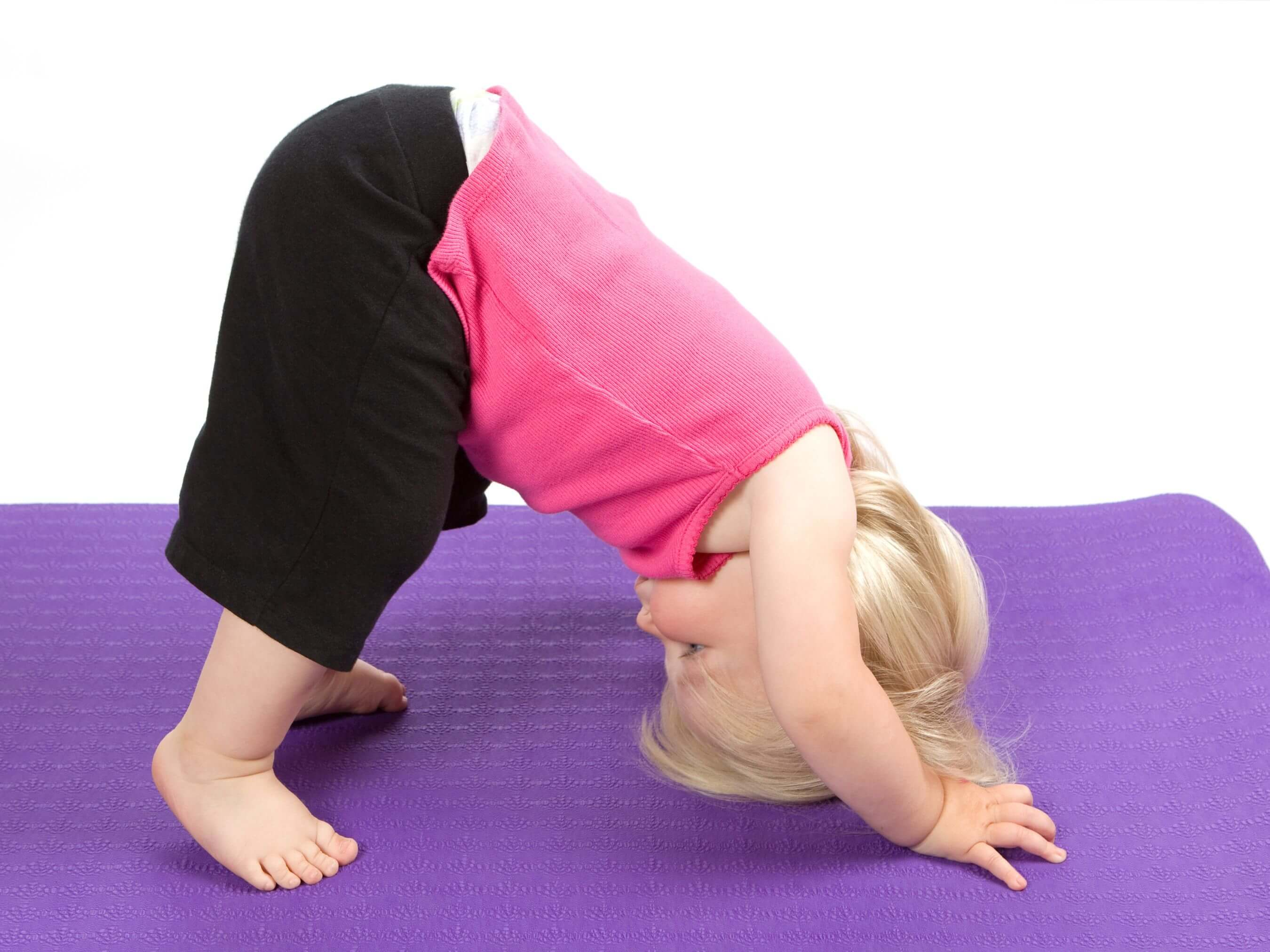
Mindfulness Exercises
Simple mindfulness exercises, such as deep breathing and visualization, can help toddlers calm down and regulate their emotions. In my calming corner printable bundles, I always include several posters that give strategies and tools for grounding, breathing, and mindfulness.
How to Introduce and Use Calming Corners for Toddlers
Introducing calming corners to toddlers is easy and can be done in a few simple steps:
Introduce the Concept of a Calming Corner to Toddlers
Explain to toddlers that the calming corner is a special place where they can go to calm down and feel better when they are upset or overwhelmed.
Teach Toddlers How to Use Calming Corners
This can look different to everyone, but if at all possible, it’s great to get toddlers to use the calming corner before they hit meltdown status.
Show toddlers the tools and materials in the calming corner and teach them how to use them to regulate their emotions. Have them spend time in their new quiet place just getting used to the positive space and let them know how a calm down corner works.
Incorporate Calming Corners into the Daily Routine
If you can encourage them to head over to their corner when they become upset, they can learn to use the tools there in various situations when they arise.
You may also want to incorporate calming corner activities into your daily routine, such as taking a few minutes each day to practice breathing exercises, talking about emotions to their stuffed animals, or reading stories together.
Encourage Positive Self-Talk
Help toddlers learn positive self-talk by encouraging them to talk positively about themselves and use the calming corner to reduce their stress levels. A mirror is a great tool to practice using positive affirmations and talking aloud about their feelings.

Tips for Homeschooling Parents and Teachers
Here are some tips for homeschooling parents and teachers who want to incorporate calming corners into their home setting:
Make Calming Corners a Part of the Daily Routine
Make sure that the calming corner is part of the daily routine, and that toddlers are encouraged to use it whenever they need to calm down.
Use Positive Reinforcement
When toddlers use the calming corner, make sure to praise and reinforce their positive behavior. This will help them understand that using the calming corner is a positive and acceptable behavior.
Allow Toddlers to Personalize Their Own Calm Down Corner
Encourage toddlers to personalize their calming corner by choosing the materials and tools they like. This will help them feel more ownership over the space and be more likely to use it.
Model Calm Behavior
As a parent or teacher, it is important to model calm behavior and use the calming corner yourself when needed. This will show toddlers that it is okay to use the calming corner and that it is an acceptable way to regulate emotions.
Frequently Asked Questions
- What is a calming corner?
A calming corner is a designated space in a homeschool or classroom where toddlers can retreat to when they need to regulate their emotions and calm down. It is also known as a calm down corner or time-in area. It is designed to replace the idea of a time out, as the sensory toys, calming activities, and wall printables help student self regulate.
- Why are calming corners important for toddlers?
Calming corners are important for toddlers because they provide a safe and calming space where they can regulate their big emotions and develop self-soothing skills. They help students self regulate, develop emotional intelligence, and to identify their different emotions.
- What materials should be included in a calming corner?
A calming corner should have a variety of tools and materials that toddlers can use to calm down and regulate their emotions. Some essential materials to include are soft cushions, a weighted blanket, a calming jar, and some sensory toys.
- What tools and activities should be included in a calm down corner?
There are many activities that can be incorporated into a calming corner, such as art and craft activities, sensory play, reading and storytelling, music and movement, and mindfulness exercises.
Final Thoughts
Creating a calming corner for toddlers is an essential part of homeschooling and classroom settings. It provides a safe and soothing space where toddlers can regulate their emotions and develop self-soothing skills. By following the steps outlined above, homeschooling parents and teachers can create a calming corner that will benefit toddlers in their development and education.

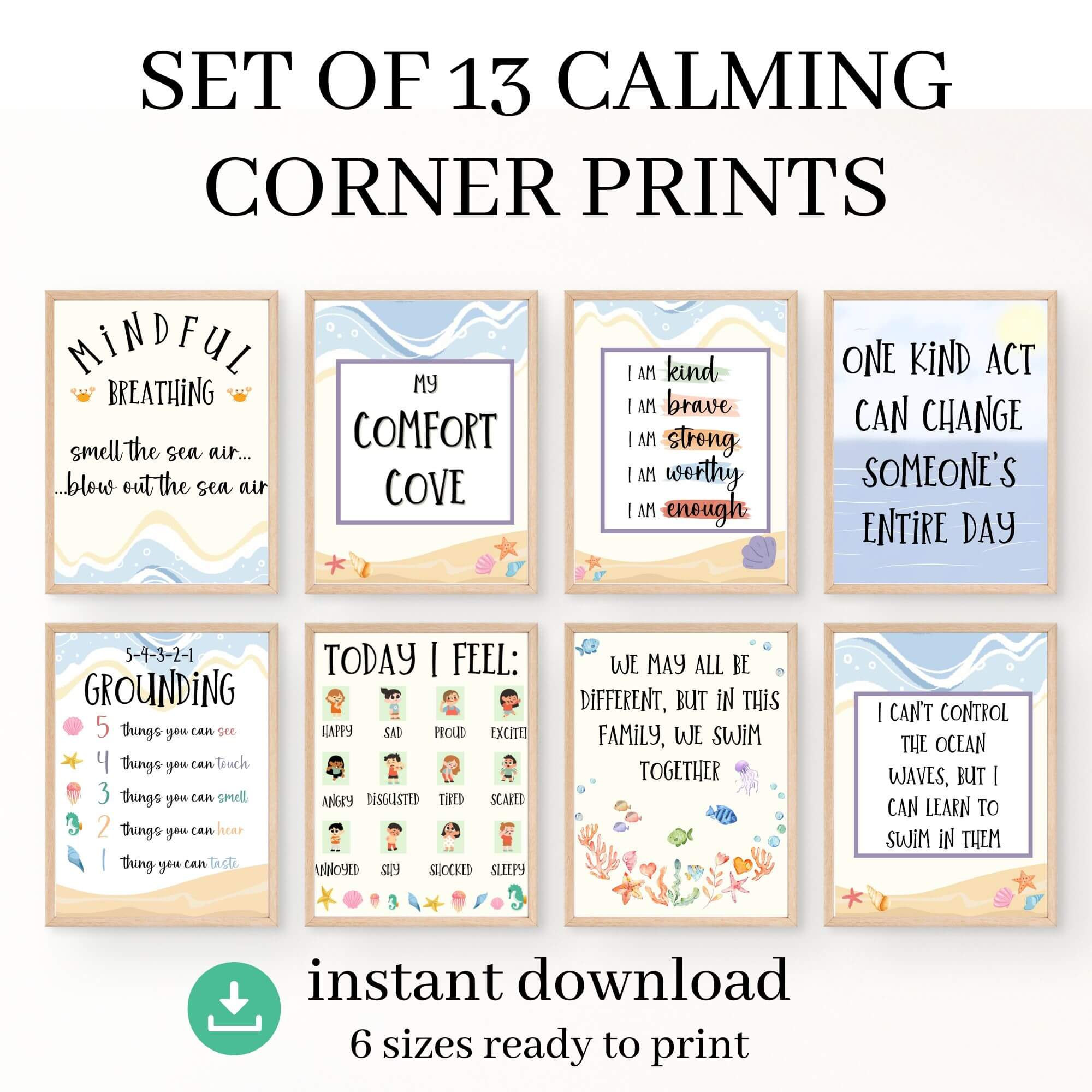
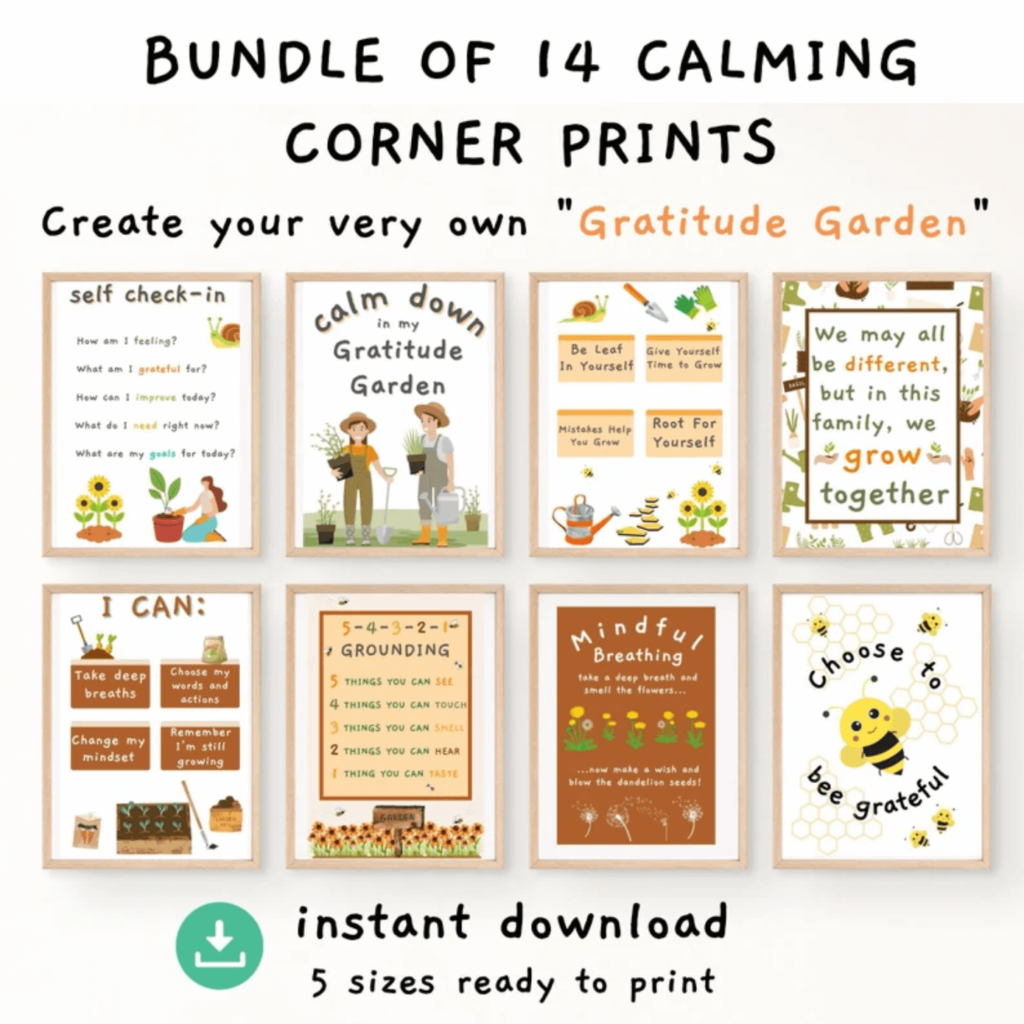
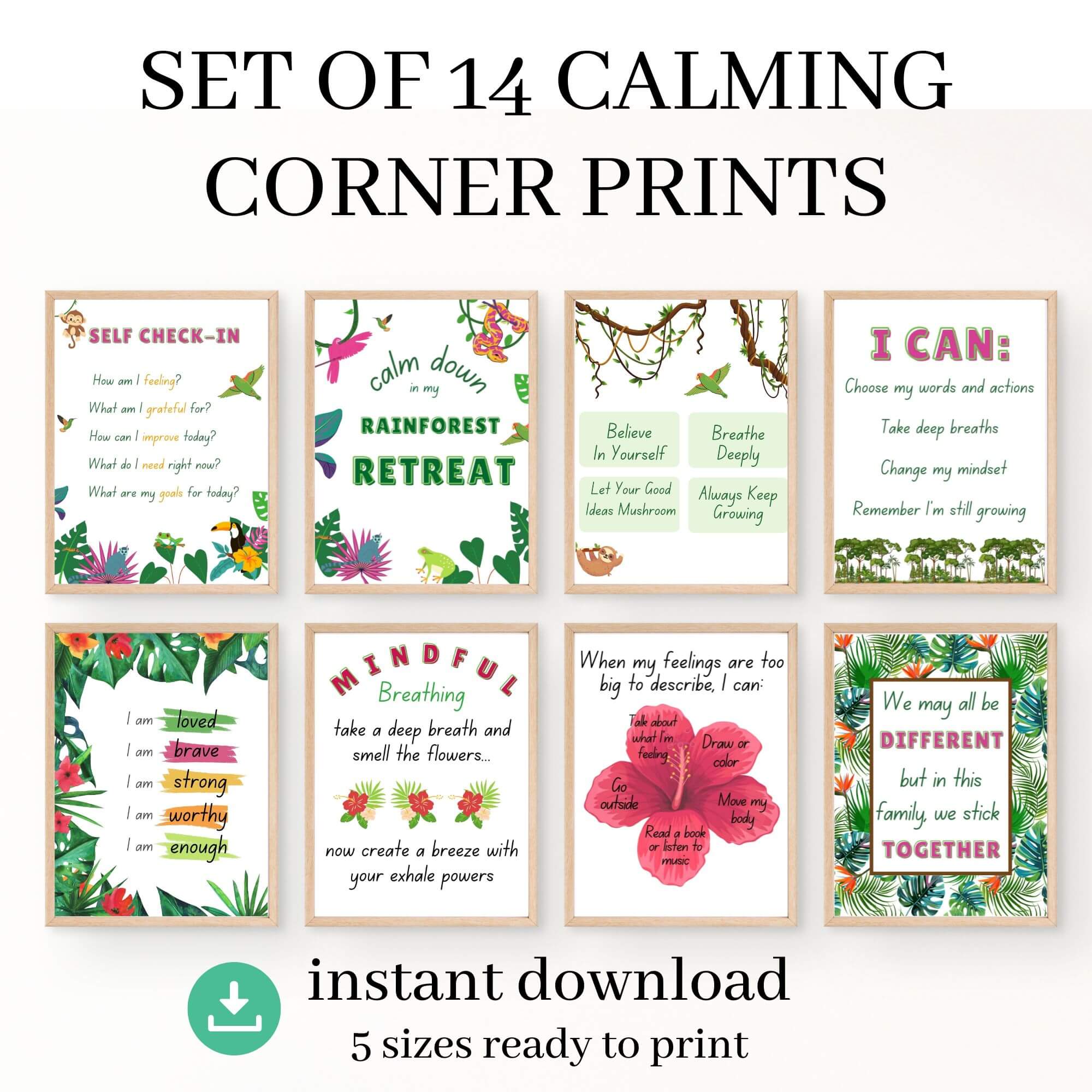

you’re really a good webmaster. The site loading speed is amazing. It seems that you are doing any unique trick. Furthermore, The contents are masterwork. you’ve done a wonderful job on this topic!